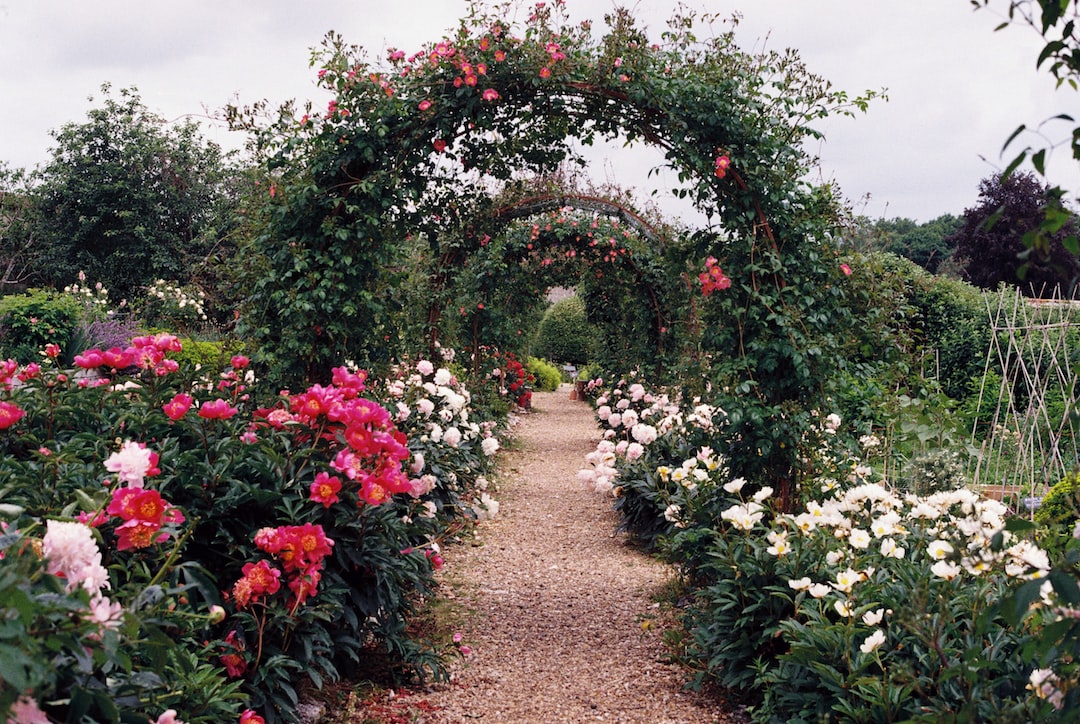Sustainable Gardening Practices for a Greener Future
Gardening is not just a hobby; it is an opportunity to contribute to a greener future. By adopting sustainable gardening practices, we can reduce our carbon footprint, promote biodiversity, and create a healthier environment for ourselves and future generations. So, whether you are an experienced gardener or just starting out, here are some sustainable gardening practices that can make a significant difference.
1. Composting: Composting is a simple and effective way to reduce waste and enrich the soil. Instead of throwing away kitchen scraps and yard waste, turn them into nutrient-rich compost. Compost provides essential nutrients to plants without the need for harmful chemical fertilizers. Moreover, it reduces the amount of waste going to landfills, reducing greenhouse gas emissions.
2. Organic gardening: Embrace organic gardening practices by avoiding the use of synthetic pesticides and fertilizers. Instead, use natural alternatives like compost tea, neem oil, or companion planting to control pests and promote plant health. Organic gardening supports pollinators and other beneficial insects while protecting our waterways from harmful chemical runoff.
3. Water conservation: Conserving water is crucial for sustainable gardening. Install a rainwater harvesting system to collect rainwater for irrigation. Use mulch around plants to retain soil moisture and reduce evaporation. Opt for drip irrigation systems that deliver water directly to the plant roots, minimizing water waste. Additionally, select drought-tolerant native plants that require less water and are better adapted to your local climate.
4. Native plants and biodiversity: Incorporate native plants into your garden to support local wildlife. Native plants provide food and habitat for native insects, birds, and other beneficial creatures. They are also more resilient and require less maintenance, as they are adapted to local growing conditions. By promoting biodiversity, you contribute to a healthy ecosystem and help restore habitat lost to urban development.
5. Companion planting: Companion planting is a technique where certain plants are grown together to provide mutual benefits. For instance, planting marigolds around vegetables can repel pests, while planting herbs like basil or parsley near tomatoes can improve their flavor and repel harmful insects. Companion planting reduces the need for chemical pesticides, encourages natural pest control, and enhances overall plant health.
6. Integrated Pest Management (IPM): Adopting IPM strategies helps manage pests effectively without resorting to harmful chemicals. IPM focuses on prevention, monitoring, and intervention. This approach involves practices like regular inspections, proper plant care, fostering natural enemies of pests, and using barriers or traps. By understanding the pest life cycles, you can target them during vulnerable stages while minimizing harm to beneficial insects and the environment.
7. Conservation of beneficial insects: Encourage beneficial insects like ladybugs, bees, and butterflies to populate your garden. These insects provide pollination services and prey on harmful pests. Planting flowers, creating insect hotels, and avoiding the use of pesticides help foster a positive environment for these helpful creatures. By supporting beneficial insects, you can achieve a balance in your garden ecosystem and reduce your reliance on harmful chemicals.
8. Reduce, reuse, recycle: Apply the three Rs to your gardening practices. Reduce the use of resources by choosing sustainable materials like biodegradable pots or planters made from recycled materials. Reuse containers, tools, and other materials whenever possible instead of buying new ones. Recycle garden waste by composting or mulching to close the loop and reduce your ecological footprint.
9. Wildlife-friendly garden features: Integrate wildlife-friendly features into your garden design. Install bird feeders and birdbaths to attract and support local bird populations. Create small ponds or water features to provide water for frogs, toads, and beneficial insects. Add nesting boxes for birds or bat houses to encourage natural pest control. Adding these features not only enhances the beauty of your garden but also creates a sustainable habitat for wildlife.
10. Continuous learning and sharing: Gardening is a lifelong learning process. Stay updated on new sustainable gardening techniques and share your knowledge with others. Join gardening communities, attend workshops, and participate in local gardening initiatives. By learning from others and sharing your experiences, you contribute to a collective effort for a greener future.
In conclusion, sustainable gardening practices are essential for a greener future. By adopting techniques like composting, organic gardening, water conservation, and supporting biodiversity, we can create gardens that are not only beautiful but also sustainable and eco-friendly. Small steps taken by each individual can make a significant difference in our collective efforts to create a better tomorrow. So, let’s embrace sustainable gardening practices and contribute to a greener future together.

